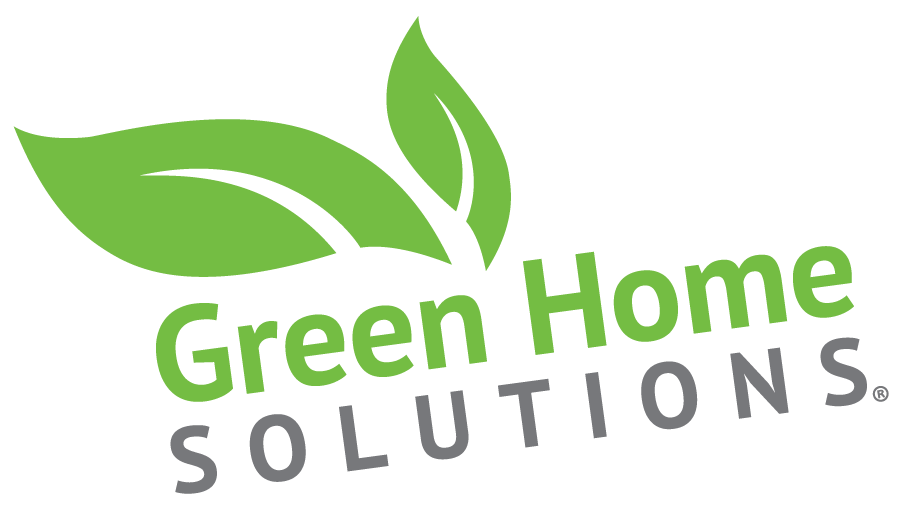Many assume mold thrives solely in wet, rainy conditions, yet it can prosper even in seemingly arid environments. Understanding the mechanisms of mold growth without rain or excess moisture is crucial for safeguarding home environments, particularly in surprising locales like desert settings.
Mold Development Absent Rain or Moisture
1. Indoor Humidity and Condensation
Even in dry climates, indoor activities such as cooking, showering, and normal respiration contribute to indoor humidity. Inadequate ventilation allows this moisture to condense on cool surfaces like windows, walls, and pipes, creating the damp conditions conducive to mold growth.
2. Undetected Leaks from Pipes and Appliances
Hidden water sources such as leaky pipes, appliances, or roofing can foster mold growth. Slow leaks, often unseen, create moist environments behind walls, under floors, or in ceilings where mold can thrive unnoticed.
3. Ventilation Deficiencies
Insufficient airflow, especially in areas like bathrooms, kitchens, and basements, traps indoor moisture. Poor circulation raises humidity levels, providing an ideal breeding ground for mold. This issue is common in homes with tightly sealed windows and doors intended for energy efficiency.
Mold Challenges in Desert Climates
Contrary to popular belief, mold can flourish in desert climates due to several factors:
1. Indoor Humidity
In desert regions, reliance on air conditioning for cooling can inadvertently create conditions for mold growth. Improperly maintained AC systems may generate condensation on cooling coils and ducts, facilitating mold development throughout the home.
2. Impact of Flash Flooding
Deserts experience sporadic flash floods that introduce significant moisture into homes. Even after water visibly recedes, residual moisture in building materials can foster mold growth if not promptly dried and treated.
3. Effects of Irrigation Systems
Many desert dwellings utilize irrigation systems for landscaping upkeep. Faulty installation or leaks in these systems can introduce water around the home’s foundation or crawl spaces, promoting mold growth.
Preventive Measures To mitigate mold growth:
-
Control Humidity: Utilize dehumidifiers and ensure proper ventilation in high-moisture areas such as bathrooms and kitchens.
-
Regular Inspections: Promptly identify and repair leaks in plumbing, roofing, and appliances.
-
HVAC Maintenance: Regularly clean and maintain air conditioning units and ducts to prevent condensation buildup.
-
Waterproofing: Apply waterproof materials and sealants in moisture-prone areas like basements and crawl spaces.
For comprehensive guidance on mold growth and prevention, consult authoritative sources such as the Centers for Disease Control and Prevention (CDC).
Recognizing that mold can thrive without visible rain or moisture is vital in preventing its proliferation. By remaining vigilant and addressing potential moisture sources, homeowners can safeguard their homes and health from the detrimental effects of mold, even in the most arid climates.
